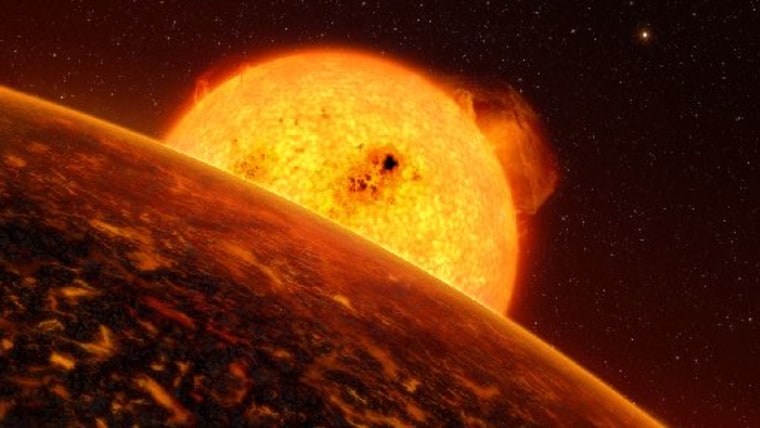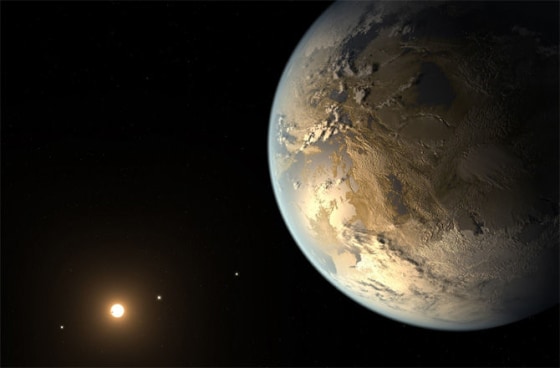The first "alien Earth" continues to evade detection.
On Monday (May 10), astronomers announced the discovery of 1,284 exoplanets by NASA's Kepler space telescope, bringing the prolific observatory's total haul to 2,325 confirmed alien worlds. But none of these appears to be a true Earth twin, mission scientists said.
"We don't necessarily have an exact dead ringer for a planet like Earth, in terms of its orbit and size," Kepler mission scientist Natalie Batalha, of NASA's Ames Research Center in Moffett Field, California, said during a news conference Monday.
Two of the newly announced worlds — Kepler-1638b and Kepler-1229b — are among the most Earth-like planets yet discovered, Batalha said.
Read More: 'Laser Cloak' Could Hide Earth from Evil Aliens, Study Suggests
Both newfound worlds orbit in their host stars' "habitable zone," that just-right range of distances at which liquid water could likely exist on a planet's surface. And Kepler-1638b orbits a star very much like the sun, but the planet is about 60 percent wider than Earth.

Kepler-1229b is just about the same size as Earth, but that alien world orbits a red dwarf, a star considerably smaller and cooler than the sun.
Kepler-1638b and Kepler-1229b are therefore similar in size and orbital characteristics to Kepler-452b and Kepler-186f, respectively, Batalha said. The two latter worlds are previously discovered Kepler planets that garnered a lot of attention for their similarity to Earth.
Astronomers have discovered a total of about 3,200 exoplanets since the first world beyond Earth's solar system was spotted, in 1992. The most Earth-like of all of these are GJ 667Cc and Kepler-442b, according to the Earth Similarity Index (ESI), a metric devised by researchers at the University of Puerto Rico at Arecibo's Planetary Habitability Lab that takes into account an exoplanet's mass, radius, estimated surface temperature and other factors.

ESI works on a 0-to-1 scale, with a score of 1.0 denoting a perfect Earth twin. GJ 667Cc and Kepler-442b each have an ESI of 0.84. (Kepler-186f comes in at 0.61.)
Read More: Have Scientists Discovered An Alien Civilization? Not So Fast
Finding Earth-like planets is at the heart of the $600 million Kepler mission, which kicked off with the observatory's March 2009 launch. Kepler's main goals are to find Earth-size exoplanets in and around the habitable zone, and to determine how commonly such worlds occur throughout the Milky Way galaxy, a value known as "eta-Earth."
Kepler initially eyed more than 150,000 stars simultaneously, looking for tiny brightness dips caused by orbiting worlds crossing the faces of these stars. Such work required ultraprecise pointing ability, an ability Kepler lost in May 2013, when the second of the telescope's four orientation-maintaining reaction wheels failed.
That failure brought Kepler's original planet hunt to an end. But scientists are still poring over the observatory's huge data set; indeed, the 1,284 newly validated planets are former "candidates" identified by Kepler through May 2013.
This is a condensed version of a report from Space.com. Read the full report. Follow Mike Wall on Twitter @michaeldwall and Google+. Follow us @Spacedotcom, Facebook or Google+.
